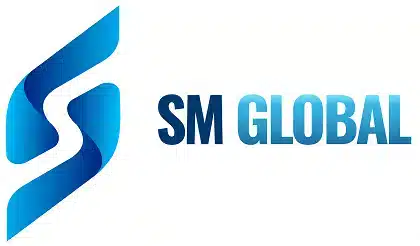Essential Maintenance Metrics Every Planner Needs to Know
Get Free Guide
A CMMS Implementation Plan Goes Wrong!

Many maintenance departments struggle with ongoing maintenance. There is so much to do and so much that never gets done!
A computerized maintenance management software system aka CMMS is often seen as a magic bullet.
However, even with CMMS software, you may find maintenance takes longer than planned and costs more than budgeted.
Have you ever had this happen to you?
Why does this happen?
Common errors made in implementing a CMMS software program will frequently cause more problems down the road.
Why CMMS Implementations Often Fail
1. CMMS Software Misuse
When we use maintenance software properly it is a very useful tool. Resource management, budgeting, materials management, maintenance cost reporting become easier. However, when staff fail to follow procedures and policies many things can go wrong.
Above all equipment operators & maintenance technicians should know what is expected of them. So they should understand the use of the CMMS system. They need the know how to input and retrieve the data needed. Often employees are not aware that the CMMS system is just a tool. Therefore, it cannot handle everything. Wrongly done work procedures waste time and money. We must update information, enter data, and retrieve data properly and on time.
But that’s just part of the story…
The CMMS system cannot perform the actual maintenance for your team. You must define maintenance best practices and benchmarks. The CMMS software may ease maintenance management. But it will not prevent poor work habits. For example technicians may fabricate data. The software cannot guard against this!
2. Project Management Failure
As with any process for improvement, someone from upper management must own the project to identify, purchase, setup and use the CMMS system from start to finish. Most importantly, this will help ensure success.
For instance, a common mistake is failing to convince every stake holder of the value of the program. They must want the benefits that it can provide. Project managers may also fail to make clear what role each person has to play. Or they fail to describe how each person’s contributions to the project would be evaluated.
In short failure is imminent from the beginning if not enough support is being shown by all participants. Therefore the project manager must communicate with the team and anyone whose job is going to be affected. They should provide information about the project and its importance. Most importantly they should properly address issues and concerns. This will help get everyone eager and fired up to make the project a success.
Good communication is the key to success. That is to say messages must be consistent, regular, and reinforcing. Regular communication helps the project manager pass the implementation efforts to the right people with plenty of time for them to act or respond. Messages remains consistent when the wordings, look and feel remain the same.
3. Cutting Corners on CMMS Implementation & Training
Another mistake is assigning someone with no maintenance knowledge to setup the system. For example it requires a skilled person to define an equipment hierarchy and create the right maintenance tasks.
Some companies rely on minimal training and initial preparation. They underestimate the work required to implement the CMMS program. This is most likely going to fail. Due to lack of training and skills, each person in the maintenance staff ends up developing their own approaches for using the software. This leads to a more complicated and messy database. The time-saving features you paid for will end up unused. People will not be aware that such features exist. Or they will not know how to use them.
CMMS are usually easy to navigate and user-friendly. However, they still need some basic training. This way staff members can get familiar with their features and functions.
Make sure all maintenance staff get time to do some training with the software. They should review what they have learned and understood with each other. Build in time for this process to get everyone up to speed. Firms that cut the budget by limiting time & expenses for this training & familiarization may reduce the initial costs. But the long term effects of such cost cutting may turn out to be more expensive!
4. Inadequate CMMS Implementation Time & Resources
When enough resources are not allocated, the CMMS implementation becomes a job to do when nothing more urgent is going on. For instance there will always be other work to do, especially in a reactive environment. So staff will need to dedicate longer hours to complete the implementation. The result is poor quality, low morale, and corner-cutting. Objectives such as increasing equipment availability and improving maintenance operations will not be achieved.
It may make sense to bring in outside consultants to help setup the system. Or free some of the maintenance personnel from their regular work schedules. This way they can work without interruption and get the system setup correctly.
You can get more tips on CMMS implementation steps and and what you need in your implementation plan from the article “CMMS Implementation – Six Technical Tips For Success“.
Get The CMMS Software Selection Guide
Is your organization currently researching or selecting maintenance management software?
You will find the CMMS Software Selection Guide useful. It has tips to help you identify the criteria you should use to select the right product for your needs. With so many products available it can be rather confusing!
Free CMMS Software Selection GuideAdditional Resources
Essential Maintenance Metrics Every Planner Needs to Know
Get Free Guide
